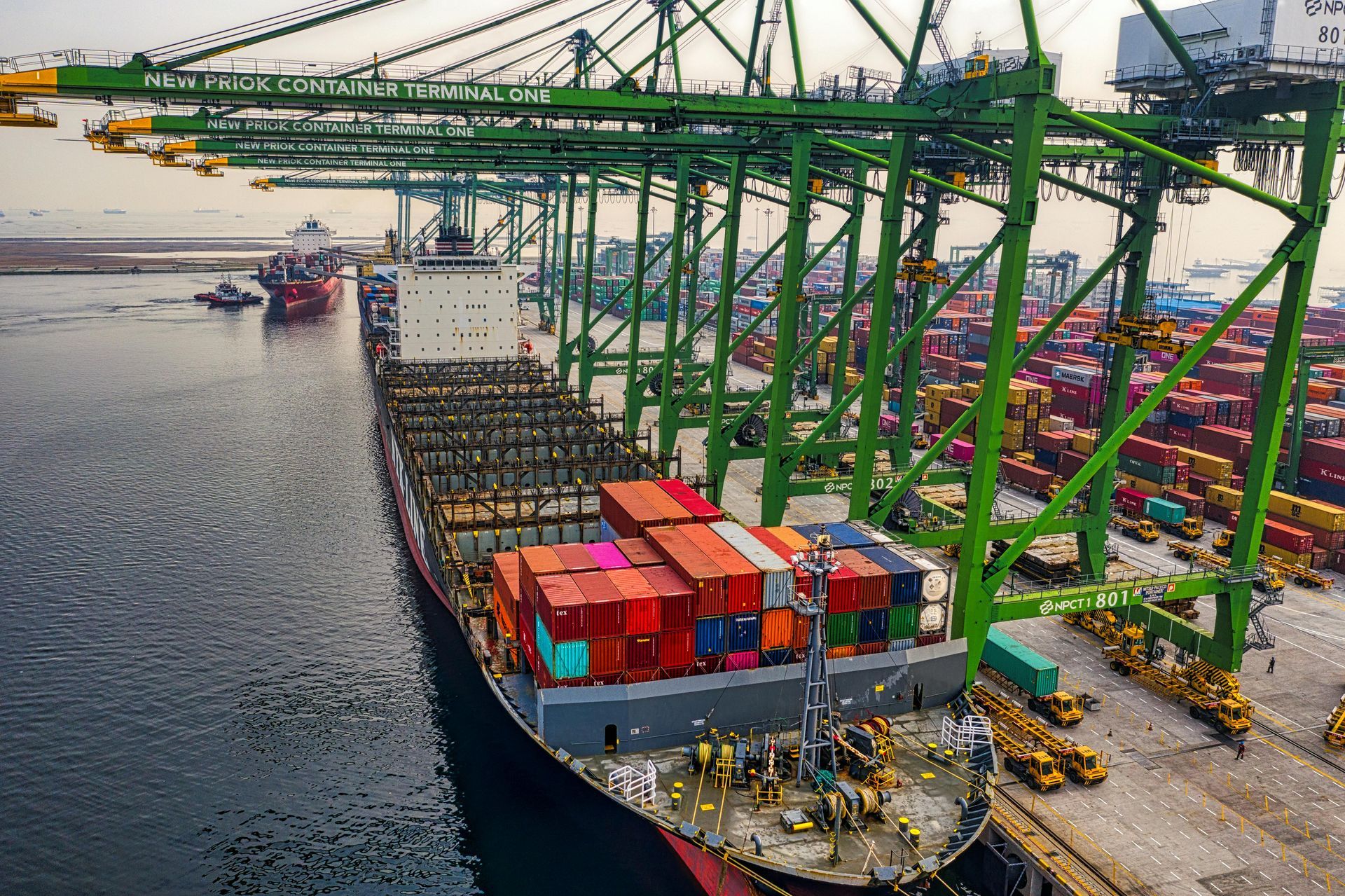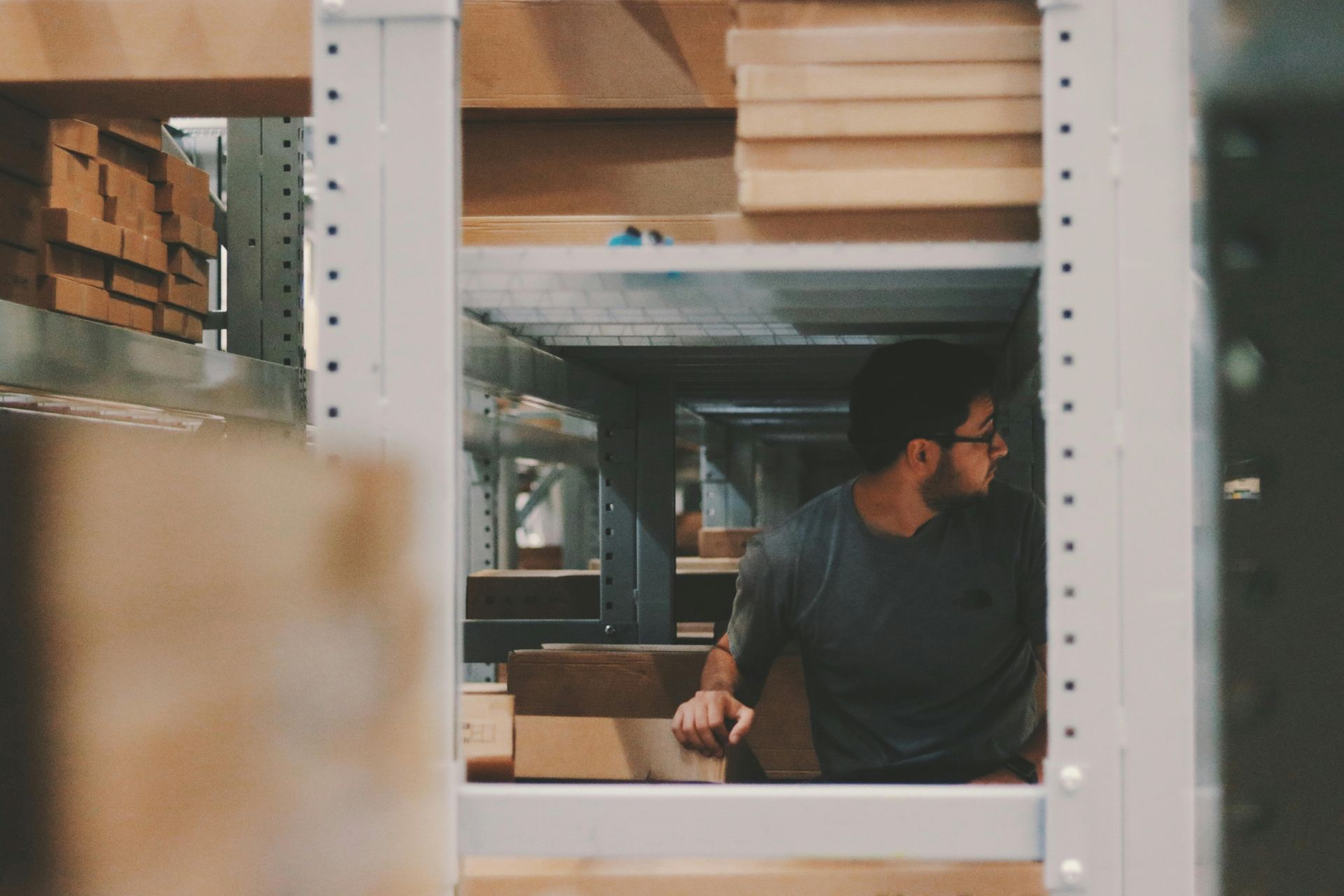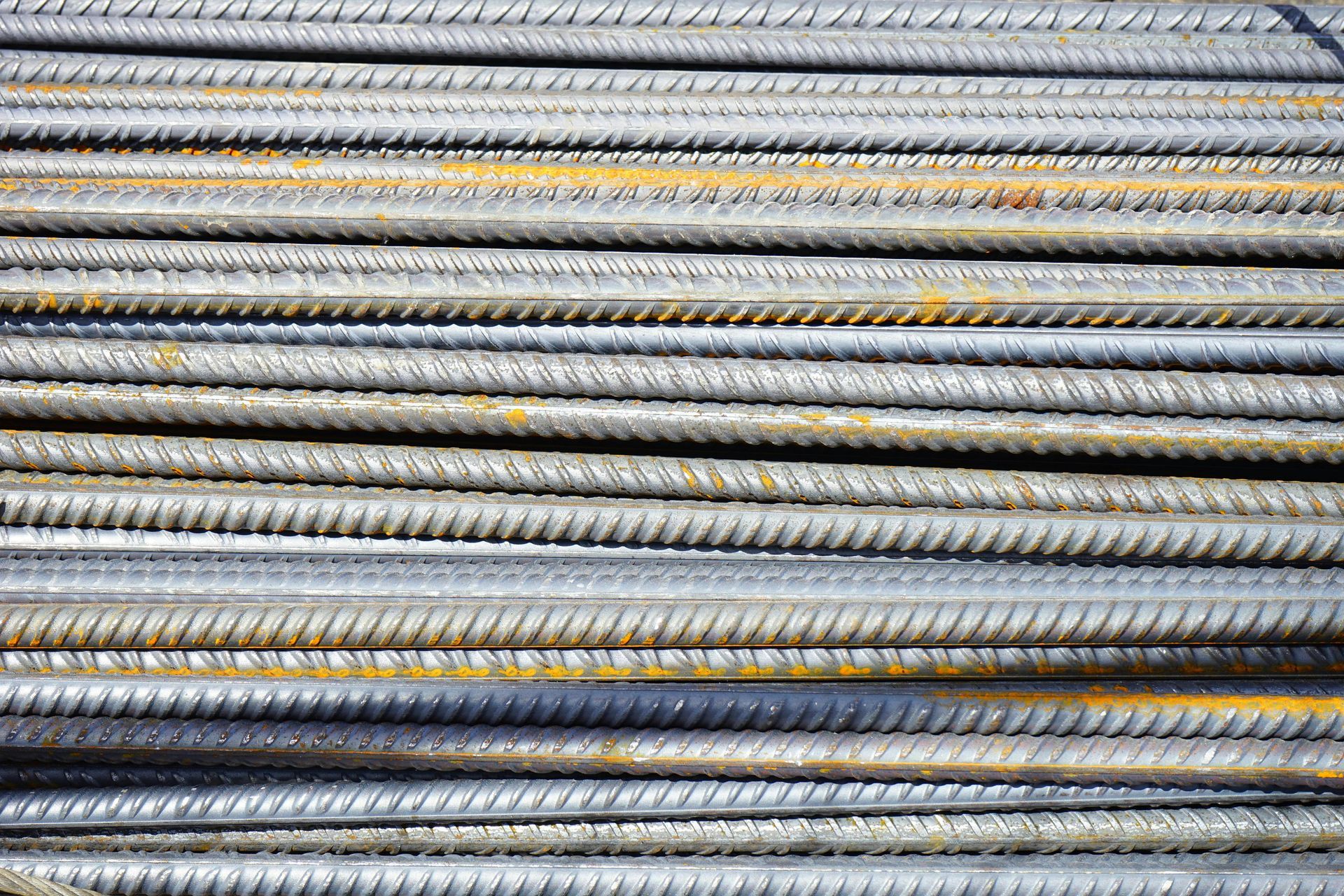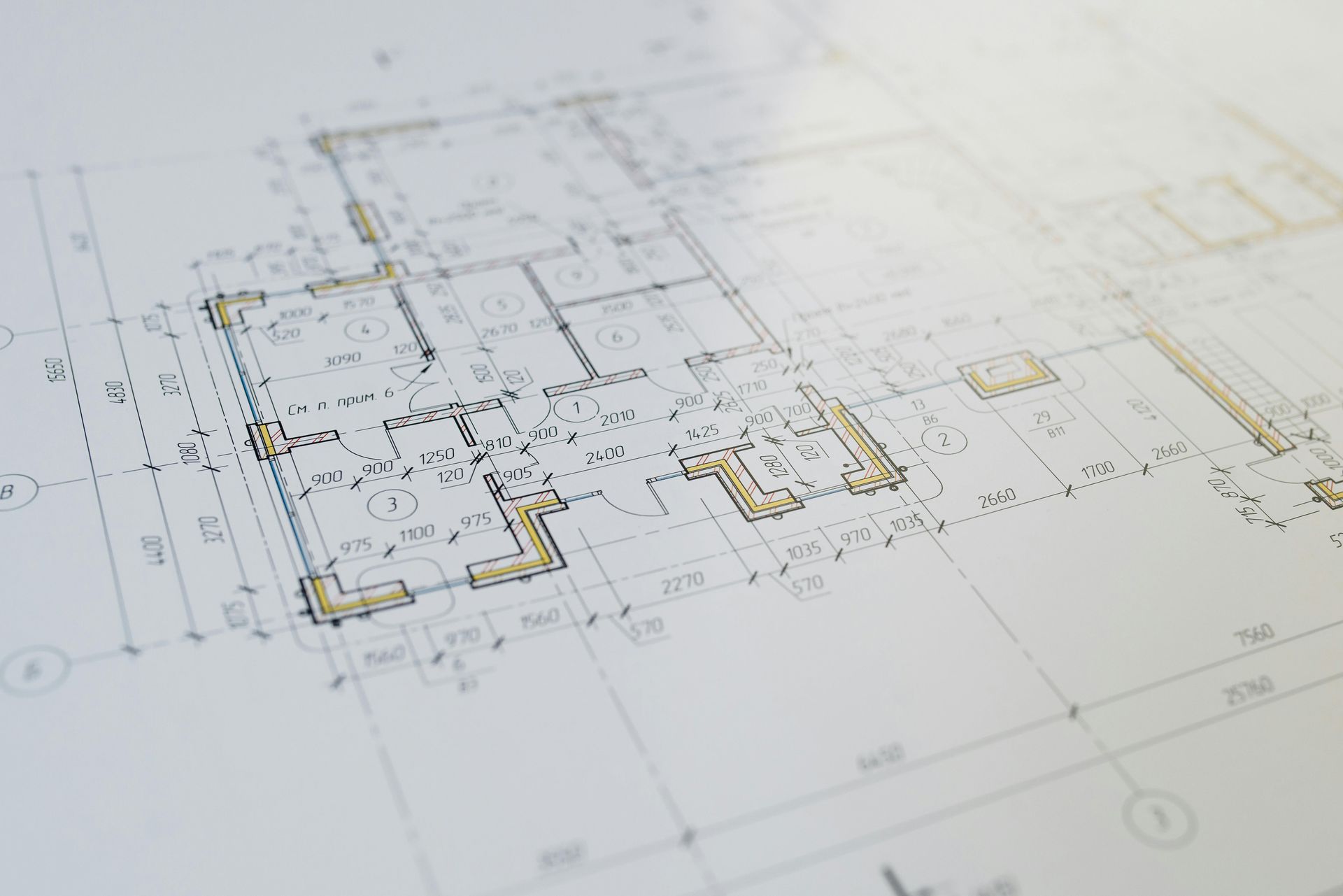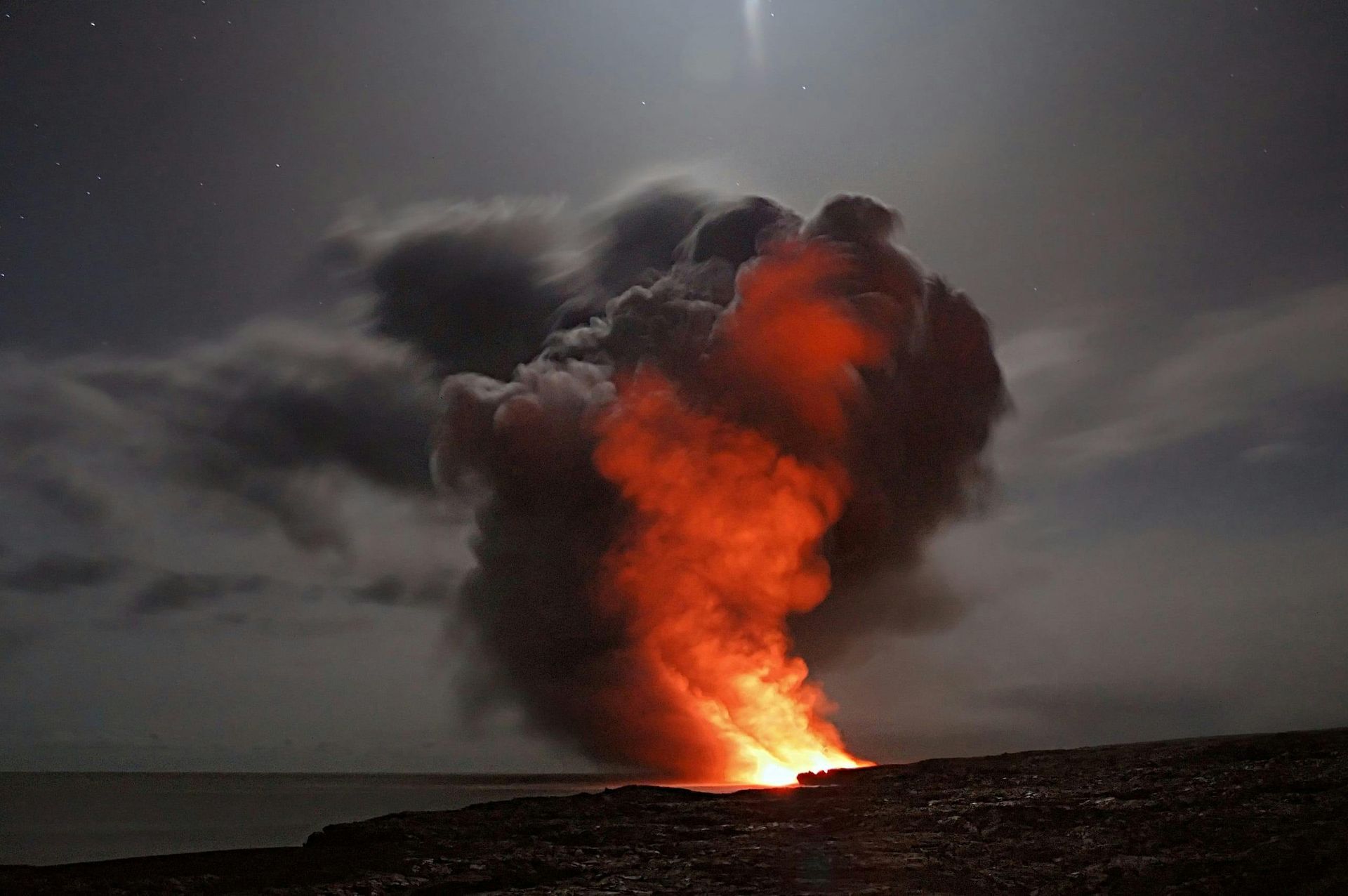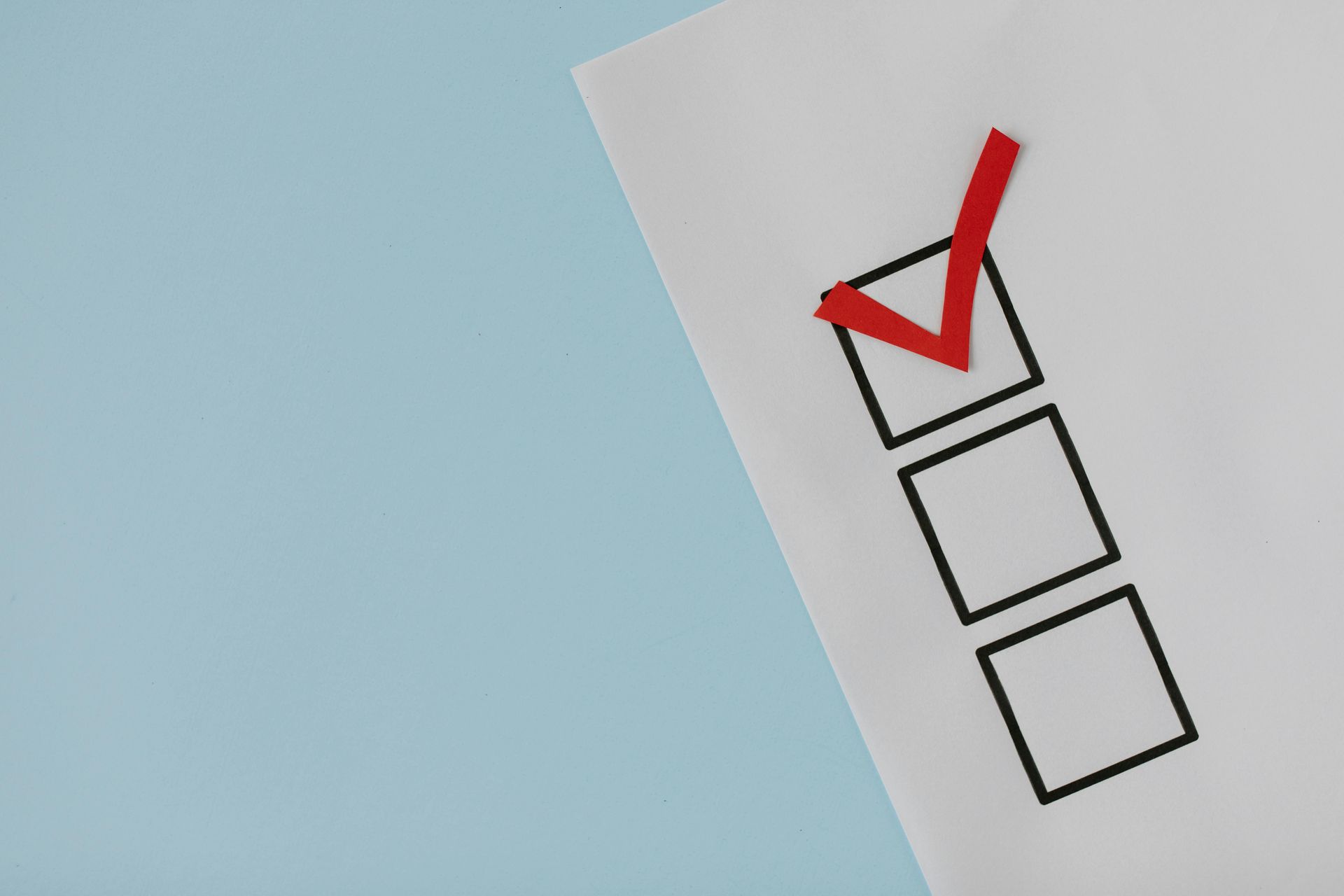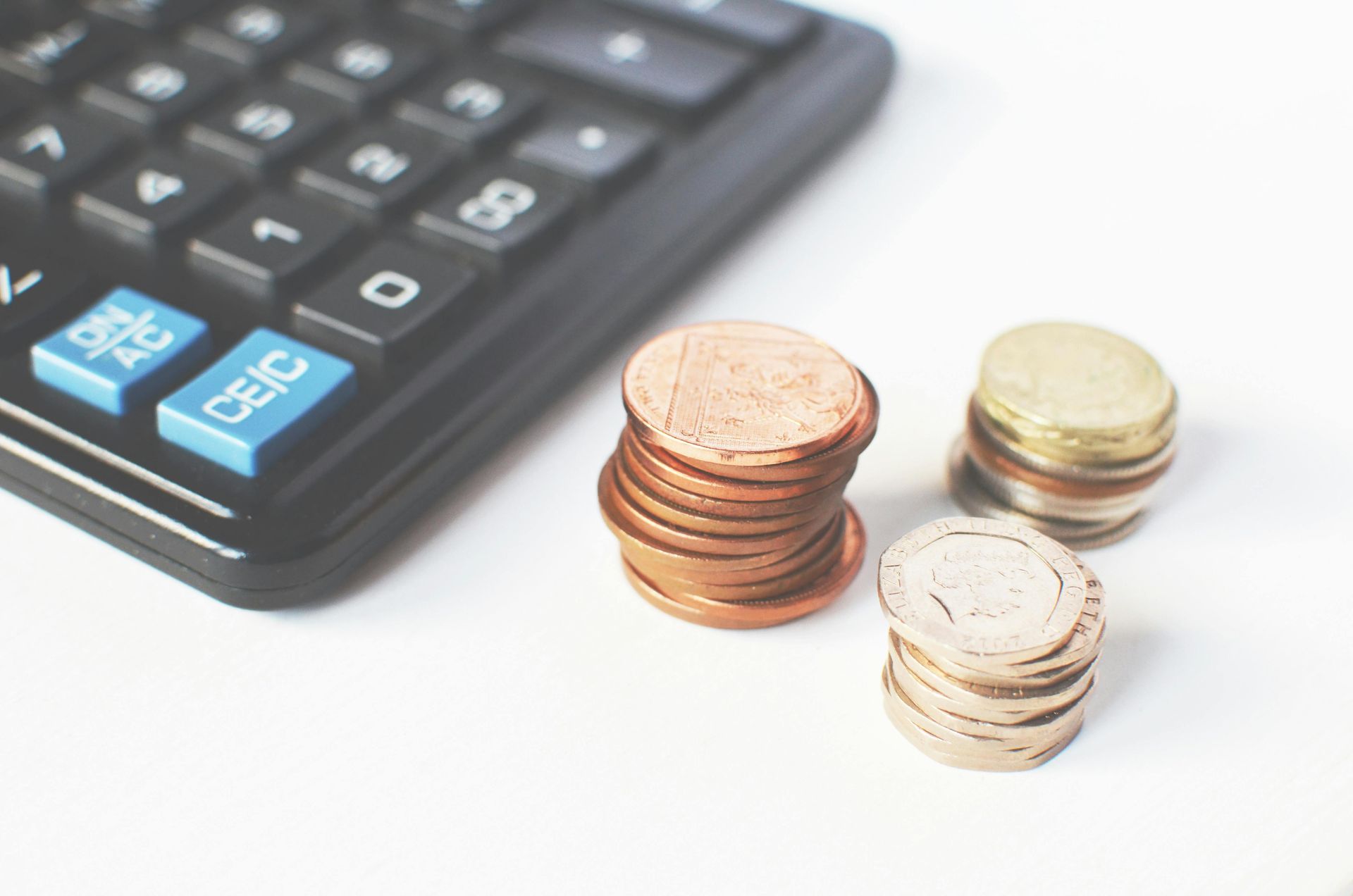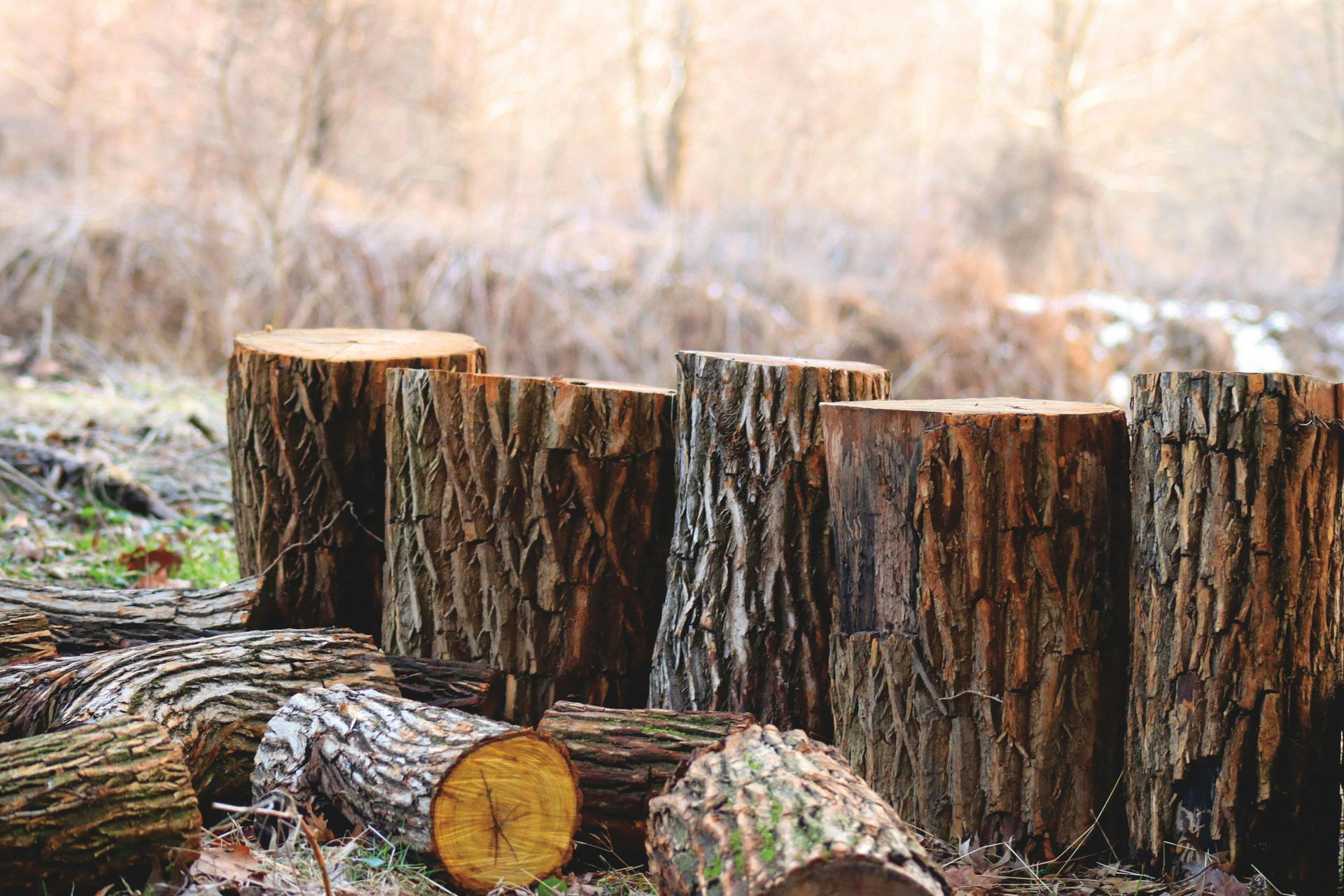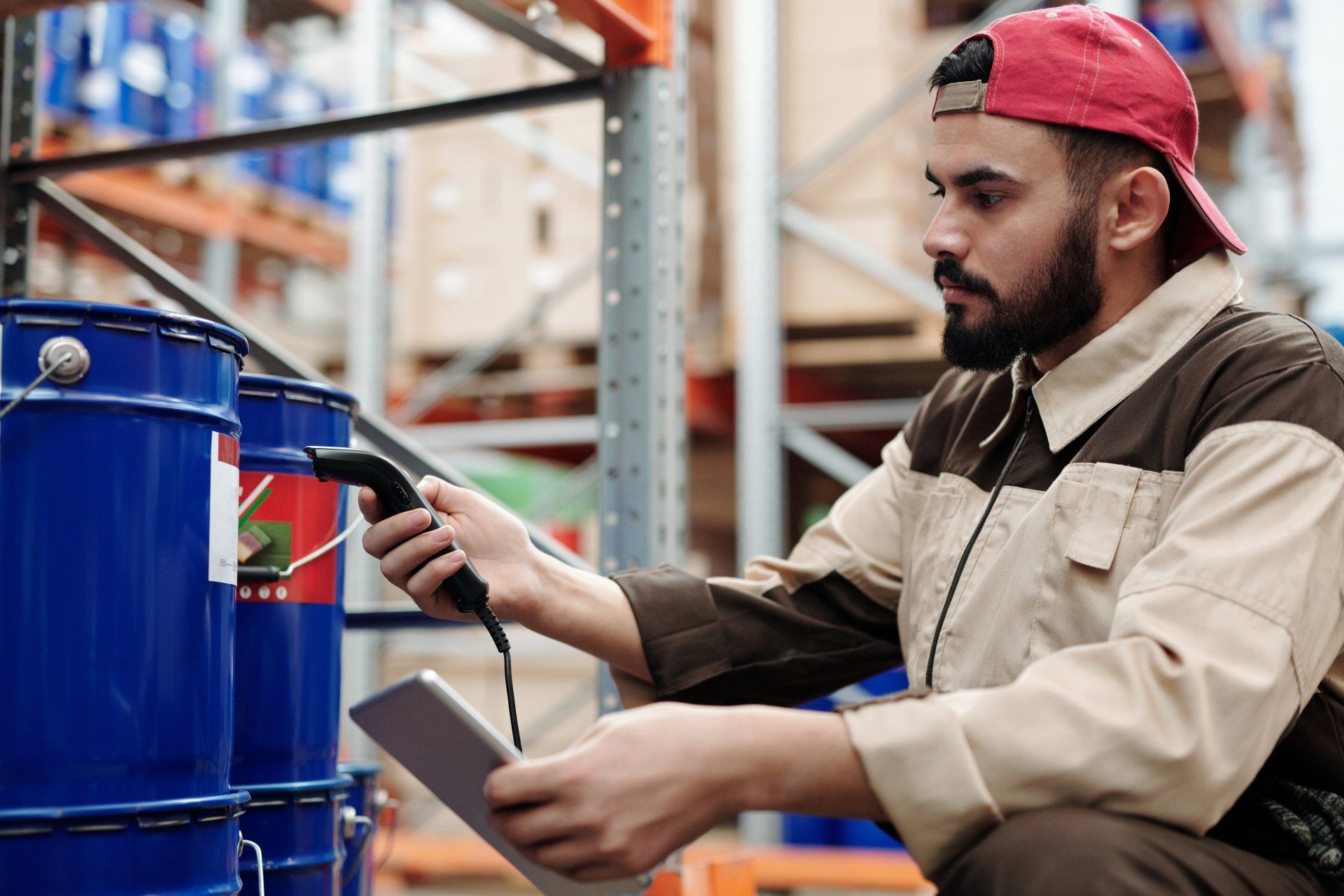Retrofitting MDUs: Challenges and Solutions for Aging Buildings
As cities grow and housing demand increases, retrofitting aging Multiple Dwelling Units (MDUs) has become essential. Many older buildings were constructed decades ago and may no longer meet today’s standards for energy efficiency, safety, or resident comfort. Retrofitting not only preserves these structures but also helps reduce environmental impact by repurposing existing buildings rather than constructing new ones. However, retrofitting comes with its own set of challenges. In this article, we’ll explore the common obstacles in retrofitting MDUs and the innovative solutions that make it possible to breathe new life into aging structures.
Enhancing Energy Efficiency in Older MDUs
One of the most pressing issues in retrofitting older MDUs is improving energy efficiency. Older buildings often have poor insulation, outdated heating and cooling systems, and inefficient windows that lead to higher energy consumption and costs. Retrofitting these buildings with modern energy-efficient solutions can create long-term savings for property owners and tenants while reducing the building’s carbon footprint.
- Upgrading Insulation: Insulating older buildings can be challenging due to construction methods that may not accommodate modern insulation techniques. Spray foam and blown-in cellulose insulation are popular retrofitting options, as they can be added to walls without significant reconstruction. Upgrading insulation helps retain heat in the winter and keep interiors cool in the summer, reducing energy costs and improving indoor comfort.
- Replacing Windows with Energy-Efficient Options: Replacing single-pane windows with double- or triple-pane options can significantly improve energy efficiency. New windows reduce drafts and help maintain a consistent indoor temperature. Retrofitting with energy-efficient windows also enhances soundproofing, providing a quieter living environment for residents.
- Modernizing HVAC Systems: Older HVAC systems are often inefficient and costly to operate. Replacing these systems with energy-efficient alternatives like heat pumps, high-efficiency furnaces, or split AC units can lead to substantial energy savings. Some retrofits also incorporate smart thermostats, which allow residents to control temperature settings and monitor energy use, enhancing both comfort and efficiency.
Retrofitting MDUs for energy efficiency can be a cost-effective investment over time, improving building performance while making it more attractive to eco-conscious tenants.
Addressing Structural and Safety Concerns
Safety is a primary concern when retrofitting older buildings. Aging structures may have outdated electrical systems, inadequate fire safety measures, or wear and tear that compromises structural integrity. Ensuring that these buildings meet modern safety standards is essential for protecting both residents and property value.
- Electrical System Upgrades: Outdated wiring can be a fire hazard and may not support the increased electricity needs of modern appliances and electronics. Retrofitting the electrical system often involves rewiring, updating circuit breakers, and adding outlets to support today’s technology. Electrical upgrades not only increase safety but also improve functionality, allowing residents to use their devices without overloading circuits.
- Fire Safety Enhancements: Older buildings may lack modern fire safety features such as sprinklers, smoke alarms, and fire-resistant materials. Retrofitting with fire-rated doors, updated alarms, and sprinklers can make a significant difference in safety. In some cases, adding an external staircase or creating additional fire exits may be necessary to comply with fire codes.
- Structural Reinforcement: Buildings constructed decades ago may suffer from foundation settling, cracks, or weakened structural components due to wear and weather. Structural reinforcement may involve shoring up foundations, reinforcing beams, or addressing issues with masonry. Reinforcing the structure ensures that it remains safe for occupancy and extends the building’s lifespan.
Retrofitting for safety is a complex but crucial aspect of upgrading older MDUs. By investing in these improvements, developers protect residents and add long-term value to the building.
Improving Accessibility for All Residents
As accessibility standards evolve, retrofitting MDUs to be more inclusive is a growing priority. Many older buildings lack features like elevators, ramps, or accessible bathrooms, which can be a barrier for residents with mobility challenges. Modernizing MDUs with accessible features enhances livability for all residents and expands the potential tenant pool.
- Installing Elevators: Adding an elevator to an older building can greatly improve accessibility, particularly in MDUs with multiple floors. In some cases, space constraints may make it challenging to install a standard elevator, but innovative solutions like compact or hydraulic elevators can be retrofitted into tighter spaces.
- Ramps and Entry Modifications: Adding ramps or modifying entryways makes MDUs more accessible for residents with wheelchairs, walkers, or strollers. Automatic doors and widened entrances also improve ease of access and contribute to a more inclusive living environment.
- Updating Bathrooms and Kitchens: Retrofitting kitchens and bathrooms with accessible fixtures and layouts can improve the quality of life for residents with disabilities. Accessible bathrooms might include features like grab bars, roll-in showers, and lowered countertops. Kitchens with pull-out shelves, lever-style handles, and accessible sinks create a functional environment for all residents.
Accessible retrofitting is an investment that not only enhances the appeal of the property but also aligns with current regulations and inclusive design principles.
Enhancing Indoor Air Quality and Ventilation
Older MDUs may have outdated ventilation systems, which can lead to poor indoor air quality and health concerns for residents. Improving ventilation is essential in reducing pollutants, allergens, and moisture that can lead to mold growth. Retrofitting with modern ventilation solutions can enhance indoor air quality and create a healthier living environment.
- Upgrading Ventilation Systems: Retrofitting older buildings with modern ventilation systems, such as energy recovery ventilators (ERVs) or heat recovery ventilators (HRVs), improves air exchange without sacrificing energy efficiency. These systems help remove stale air and replace it with fresh air, maintaining a comfortable and healthy indoor environment.
- Installing Air Purification Systems: Air purifiers or filtration systems, integrated into HVAC units, can remove particles, allergens, and pollutants from indoor air. Some modern retrofits include ultraviolet (UV) air purifiers, which kill bacteria and viruses, adding an extra layer of protection.
- Addressing Moisture Control: Poor ventilation can lead to moisture buildup, which in turn can cause mold growth and damage to walls or ceilings. Proper moisture control involves repairing leaks, updating ventilation in high-humidity areas like bathrooms and kitchens, and using mold-resistant materials where possible.
Retrofitting for better indoor air quality not only improves comfort but also contributes to resident health, making it an essential upgrade for aging MDUs.
Upgrading Aesthetics and Modernizing Interiors
Beyond functionality and safety, aesthetics play a significant role in attracting and retaining tenants. Outdated interiors can make a building feel old and unappealing, so retrofitting with modern finishes, fixtures, and design elements can significantly enhance the unit’s appeal.
- Modern Flooring and Fixtures: Upgrading flooring with modern materials like engineered wood or luxury vinyl can transform the look of a unit, making it feel contemporary and high-quality. Replacing outdated fixtures with energy-efficient LED lighting, stainless steel appliances, and modern faucets adds to the appeal.
- Refinishing or Replacing Cabinets: In older MDUs, kitchen cabinets are often outdated or worn. Retrofitting by refinishing or replacing cabinets with updated styles provides a fresh, modern look. Simple changes, like updated hardware, can also make a big difference.
- Adding Smart Technology: Modern residents often expect smart technology in their homes. Retrofitting units with smart thermostats, keyless entry, and other IoT devices can make the building more attractive to tech-savvy renters. These features not only enhance convenience but also add value to the unit.
By modernizing interiors, developers can attract a broader tenant base and command higher rents, making aesthetic upgrades a valuable part of any MDU retrofit project.
Overcoming Common Retrofitting Challenges
While retrofitting MDUs offers many benefits, developers often face logistical and regulatory challenges. From navigating building codes to working within space constraints, retrofitting older buildings can be complex. However, with strategic planning, these challenges can be managed effectively.
- Navigating Building Codes and Regulations: Retrofitting often requires compliance with current building codes, which may have changed significantly since the building was originally constructed. This can involve updating electrical, plumbing, and safety systems to meet modern standards. Consulting with local authorities and experienced contractors can ensure a smoother compliance process.
- Budget Constraints and Cost Management: Retrofitting can be expensive, particularly for extensive renovations. A phased approach, focusing on the most critical areas first, allows developers to spread costs over time. Additionally, exploring grants or incentives for energy efficiency and accessibility improvements can help offset some expenses.
- Working Within Limited Space: Space constraints can make it challenging to add new features like elevators, HVAC systems, or structural reinforcements. Creative solutions, such as compact elevators, modular HVAC units, or using innovative materials, allow developers to retrofit even when space is limited.
Despite these challenges, retrofitting is a viable way to revitalize older MDUs and enhance their value. Through careful planning and investment, developers can overcome obstacles and create safe, modern, and comfortable spaces for residents.
The Value of Retrofitting MDUs
Retrofitting older MDUs offers a sustainable and cost-effective alternative to new construction, providing updated living spaces that meet today’s standards. From enhancing energy efficiency and safety to modernizing aesthetics and accessibility, retrofitting ensures that older buildings remain relevant in an evolving housing market. By investing in retrofits, developers can preserve the character of existing structures while providing residents with a high-quality, modern living experience.
As cities continue to grow and housing demand increases, retrofitting MDUs will play a critical role in addressing urban housing needs sustainably. With the right approach, these updated buildings can offer all the conveniences and comforts of modern living, breathing new life into aging structures and contributing to vibrant urban communities.
